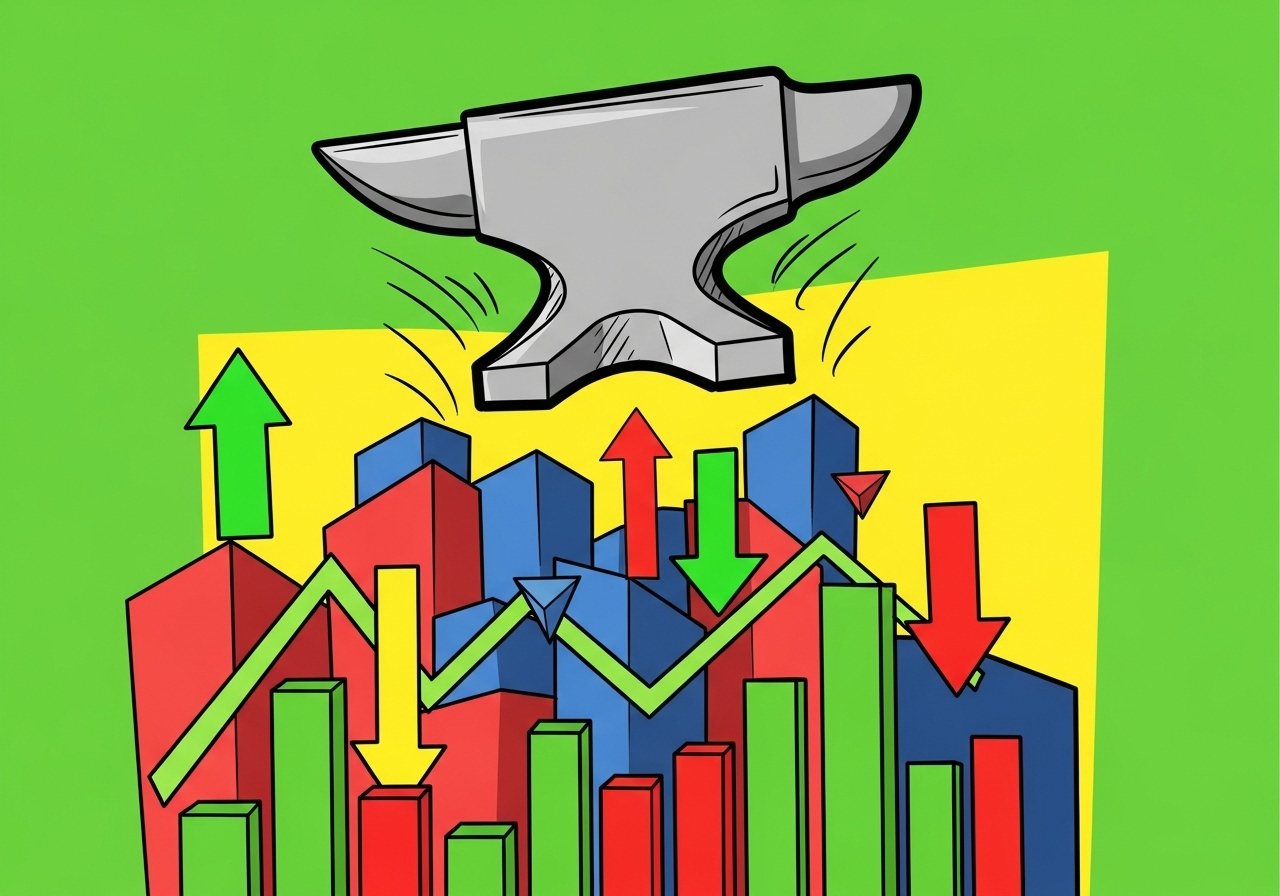Your Dividend Portfolio’s Secret Weapon
While many investors are attracted to high-yielding dividend stocks for their immediate income, I believe that dividend growth stocks are your secret weapon to building a successful portfolio over the long-term.
One important metric to illustrate this is the yield-on-cost (YOC), which measures the dividend income generated by your original investment and takes into account the dividend growth you've experienced since your initial purchase. Let's look at an example to see how it works:
Imagine you invest $10,000 into a stock that has a 3% dividend yield. In the first year, you would receive $300 in dividend income. Now, assume that the company increases its dividend by 5% per year.
After ten years, your dividend income from the same initial $10,000 investment would grow to approximately $417, which leaves you with a yield-on-cost of 4.17% — and this will keep growing as long as you let it.
Source: WSM Yield-On-Cost | Seeking Alpha
If you opt for dividend growth stocks, reinvest your dividends, and allow the dividend snowball effect an ample amount of time to work its magic, you can end up with a much greater yield-on-cost than if you were to invest in high-yielding assets that don't offer much, if any, dividend growth.
Probably the perfect, real-life example of this is Warren Buffett's Coca-Cola (KO) position:
Source: The Motley Fool
Because Warren understood how dividend growth can be an investor's secret weapon and had the patience to see it through, he now has a near 57% yield-on-cost with his KO position. Not only is that unbelievable in its own right, but it's a much higher cash-flow return than you will likely ever experience from JEPI, MAIN, or the like.
...and I say that as a shareholder of both.
Overall, while high-yielding dividend stocks offer immediate income gratification, it is the dividend growth stocks (like the five great ones in this video here) that are the secret weapon for long-term wealth accumulation.
With that, write to me here and let me know what your favorite dividend growth stocks are. I'll be excited to hear if we have any of the same ones.
DIVIDEND INVESTING DEMOCRATIZED
Join thousands of savvy investors in the pursuit of early retirement. Get Retire With Ryne delivered straight to your inbox every week as you build your perpetually growing, cash-flowing dividend stock portfolio.
IN MY PORTFOLIO
Want to get my Dividend Portfolio Tracking Spreadsheet? Click here to get it for free.
SEEKING ALPHA PREMIUM (FREE 14-DAY TRIAL)
Nothing has been more responsible for my development as an investor than Seeking Alpha. It's the one stock research tool I could never go without, and I think it's the BEST one out there - hands down.
Fortunately, Seeking Alpha is currently offering a 14-Day FREE Trial to their Premium platform, which gives you unlimited access to their library of articles, personalized portfolio tracking tools, and a ton of other great features. You can see the full list here.
You can try Seeking Alpha Premium risk-free for two weeks, and can cancel anytime before the free trial ends to avoid being charged. No harm, no foul.
Click here to start your 14-Day FREE Trial to Seeking Alpha Premium.
CAREFULLY CURATED
Video - I SOLD 14 Dividend Stocks This Week! | PPC Ian made some big moves in his portfolio, and in this video he's giving us the dirty details. It's not often that Ian sells out of a stock, so this video will definitely be one to watch.
Video - 4 Reasons Why Dividend Investing Is Better! | We all know that dividend investing is the bomb, but why is it, exactly? Kevin Burgess lays it all out for us with four different reasons.
Video - How To Build A Monster Dividend Portfolio | Ep. 325 | I love it when Joseph Carlson talks dividend stocks, and this video offering his best advice from six years of dividend investing definitely delivers.
ICYMI
The five stocks in this video have all announced HUGE dividend raises so far this year, and appear to have current valuations below their historical averages. Find out if they're ripe for the picking!
In this Q&A video, I'm answering a handful of your great questions like what my top 3 dividend stocks to buy and hold forever are, whether or not 10-15 years is a long enough time horizon to live off dividends, and whether or not MMM is a good dividend stock to buy right now.
SINCE YOU ASKED
"Do you reinvest all of your dividends? If not, what do you do with the ones you don't reinvest?"
- Stephen Tuohey | Email Submission
I do reinvest all of my dividends, and I plan to do so until I can "retire", at which point I'll start using them to pay my bills.
With that in mind, although I reinvest all of my dividends, I don't actually reinvest them back into the positions from which they came. For example, when I get a dividend from PG, that money isn't automatically used to purchase more shares of PG. Instead, I capture all of my dividends received and manually reallocate them elsewhere in the portfolio.
This isn't to say that automatic reinvestments are a bad thing either. I just prefer to choose how those funds are divvied back up into the portfolio.
Disclaimer: This page contains some affiliate links that might just lead you to the promised land of awesomeness (or at least some cool products). We may receive commissions for purchases made through links in this post. It's nothing fancy, but it certainly does the job!







